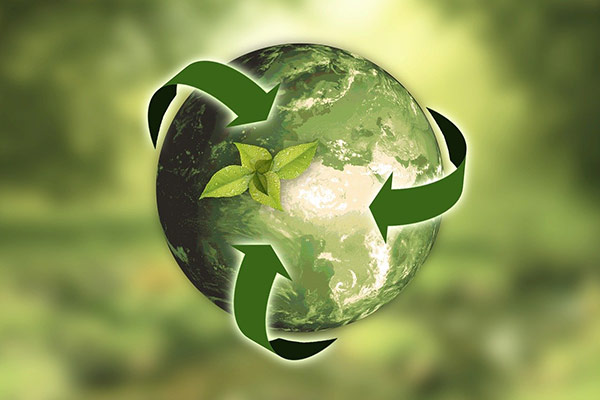
Empower consumers to boost sustainability: UNCTAD
GENEVA, Switzerland, June 21, 2021
Consumers use 29% of global energy and contribute to 21% of resultant CO2 emissions, said the UNCTAD in a new report, noting that these emissions are rising at a time when they need to fall to achieve sustainable consumption and the UN Sustainable Development Goals (SDGs).
While global emissions have not yet peaked, citizens around the world are eager to move to sustainable consumption.
“The health crisis caused by Covid-19 made us aware of the need to green our economies,” said UNCTAD Acting Secretary-General Isabelle Durant on 16 June during the OECD international conference on the consumer marketplace of the future. “But consumers need to be informed and empowered to become actors of change.”
Time to improve consumer policies
Better and more inclusive policies are needed to move consumers from being passive to active market players in the protection of the planet.
The United Nations Guidelines for Consumer Protection provide detailed advice for member states to improve frameworks for sustainable consumption, especially against the backdrop of digitalization and Covid-19 that lay bare emerging consumer vulnerabilities.
The guidelines say government policies must ensure consumers know their rights and how to enforce them. In particular, they should target the needs of vulnerable and disadvantaged consumers, so they too can make sustainable choices.
“The elderly, people without the internet and the over indebted are our current priorities,” said Didier Reynders, the European commissioner for justice and consumers. “We must craft consumer policies that protect the rights of all consumers.”
According to the guidelines, authorities must encourage sustainable consumption patterns through, for example, recycling. They can support the transformation of consumption patterns through the development and use of new products, services and technologies that are environmentally friendly.
Responsibilities are shared but differentiated. High-income countries make up 16% of the world’s population and 46% of consumption-based CO2 emissions, while low-income countries represent 9% and 0.4% respectively.
The guidelines say several means are available to most concerned states, including fiscal instruments or the internalization of environmental costs. These can be achieved while considering social needs and avoiding potential negative effects on market access, especially for developing countries.
Also, they urge countries to develop publicly available indicators and databases to measure progress towards sustainable consumption at all levels. – TradeArabia News Service







